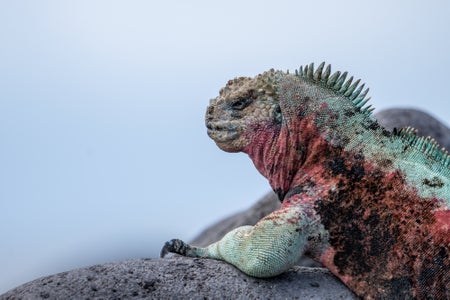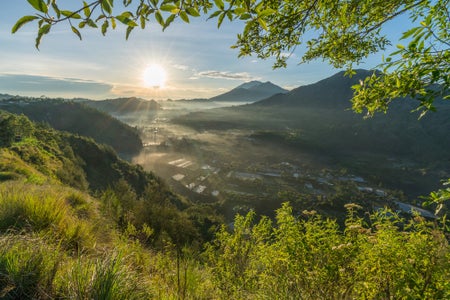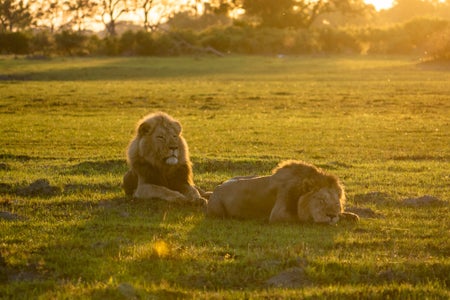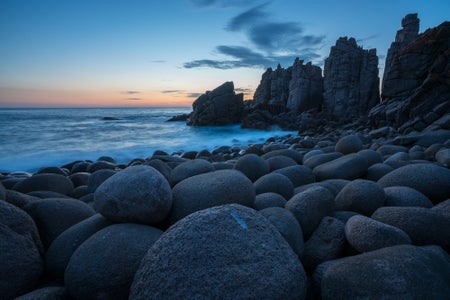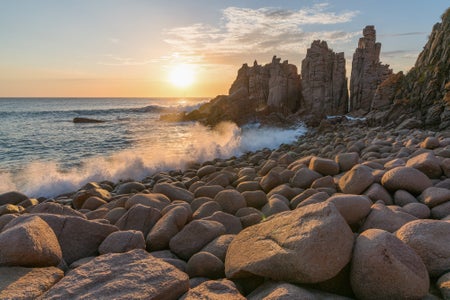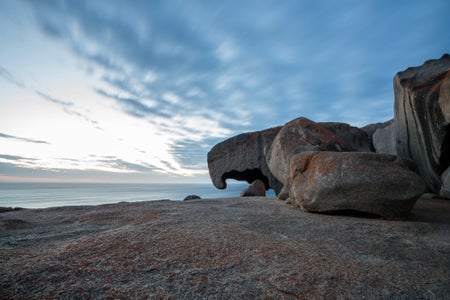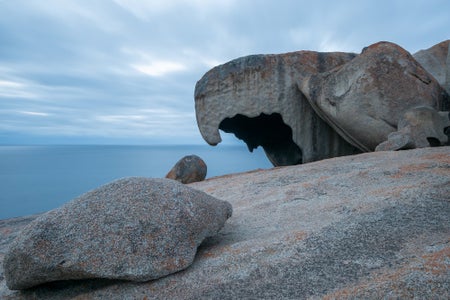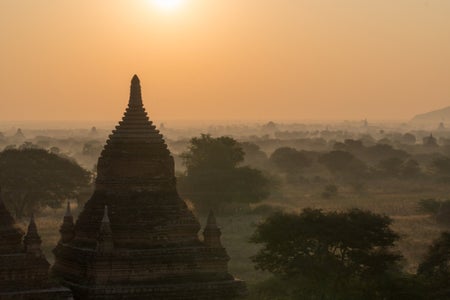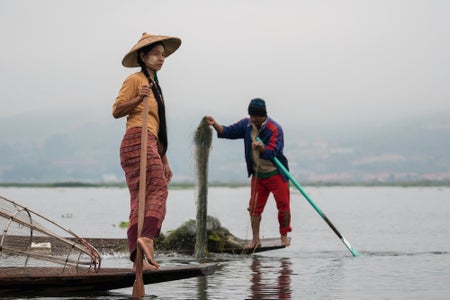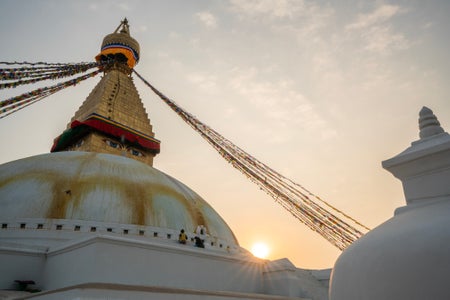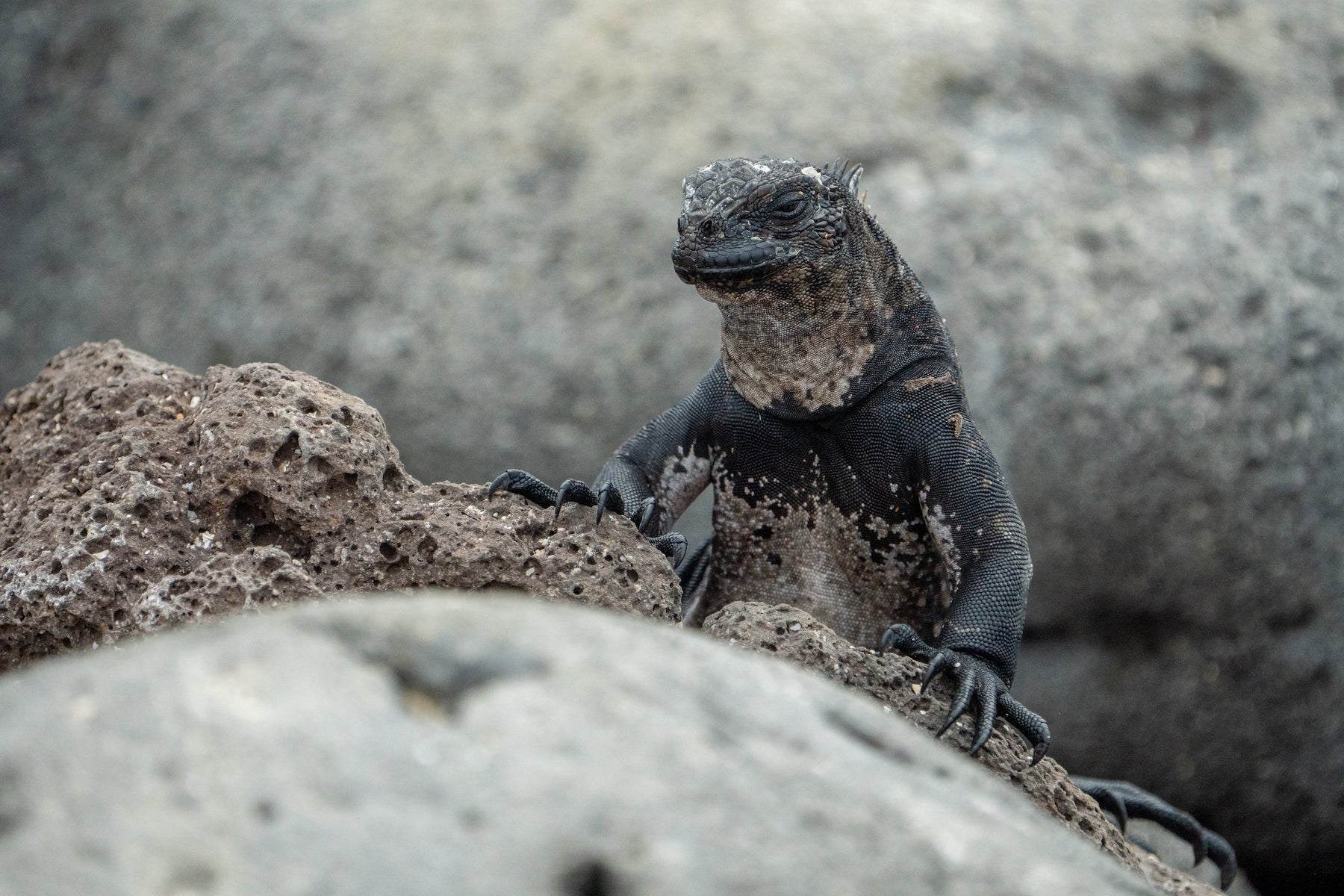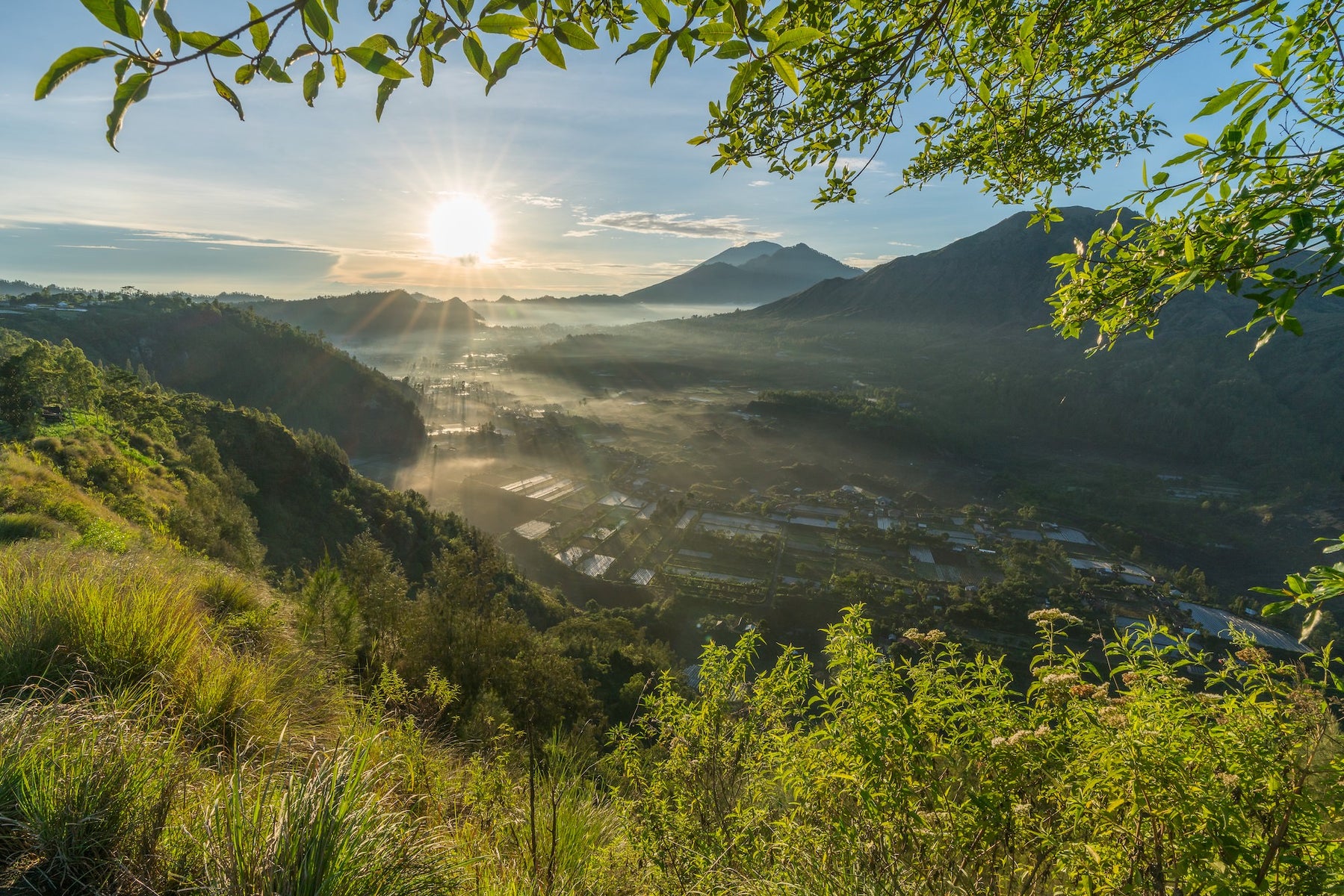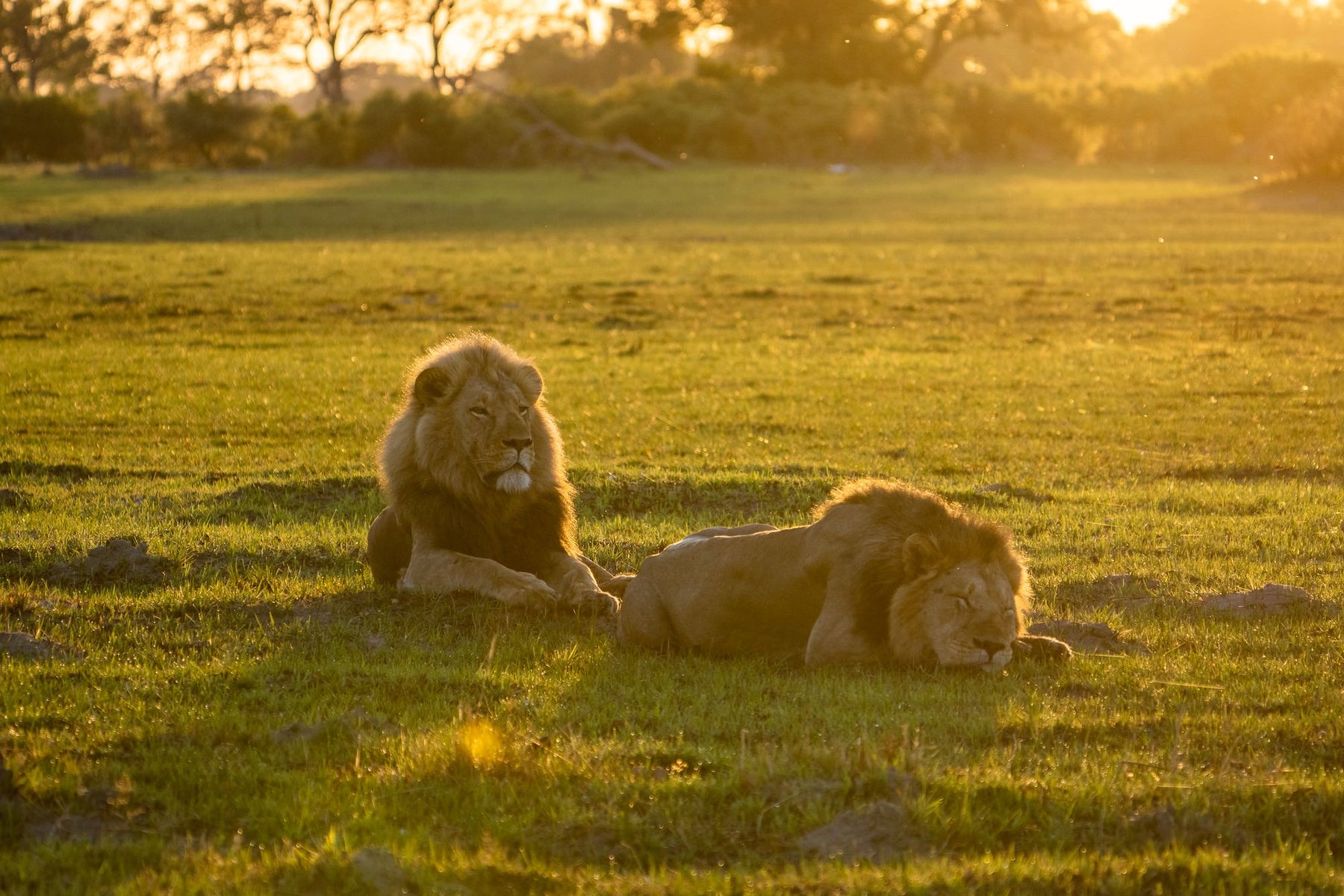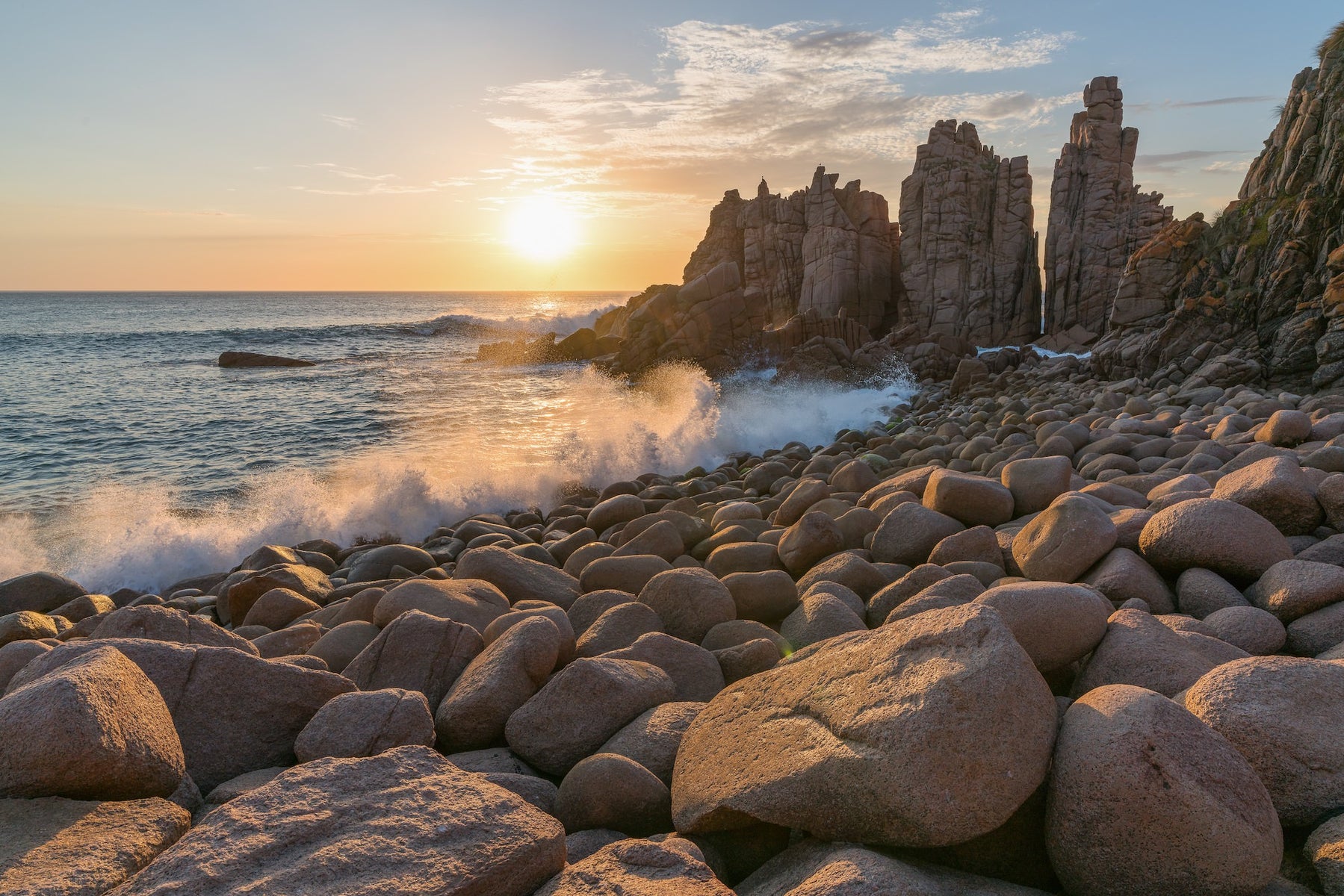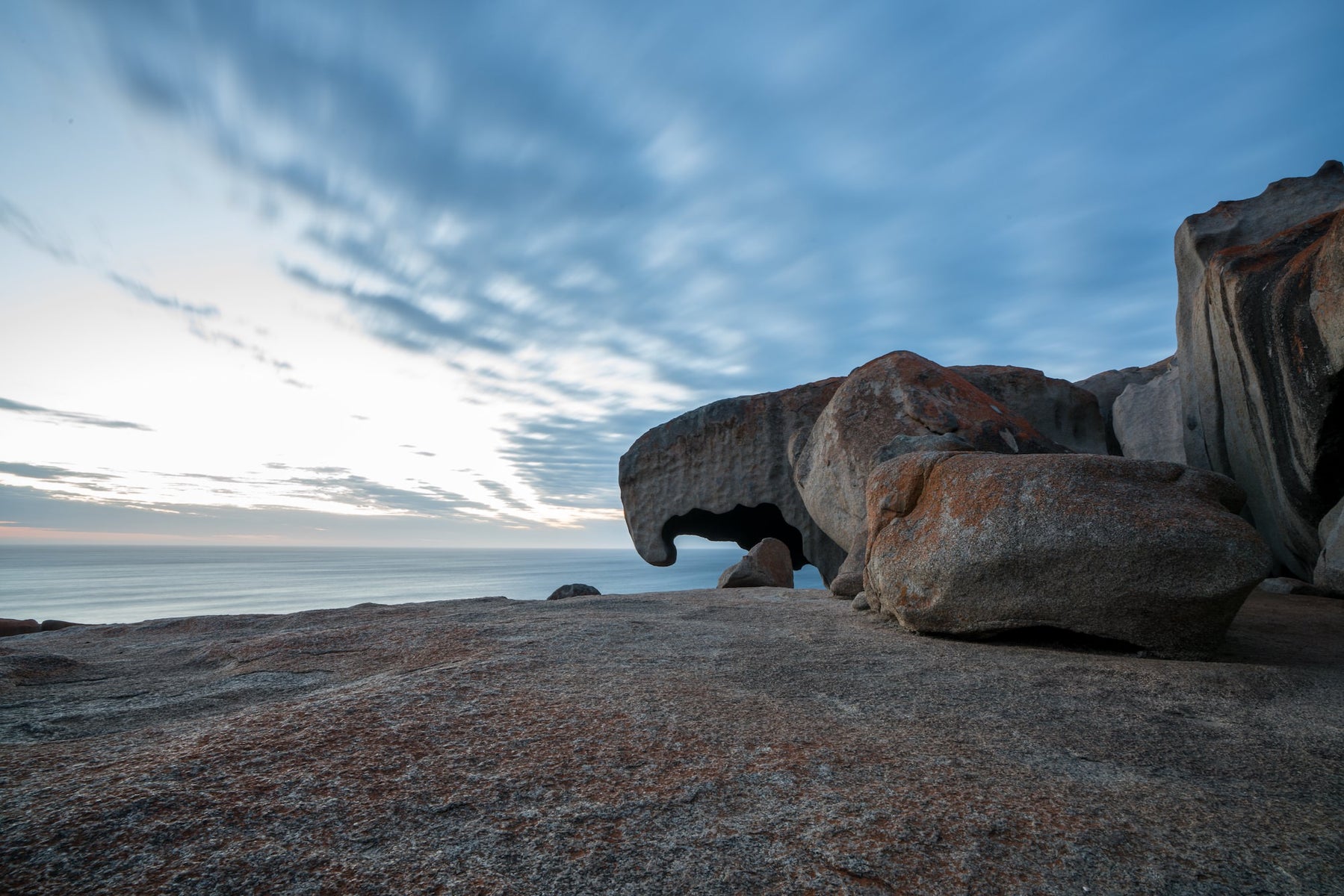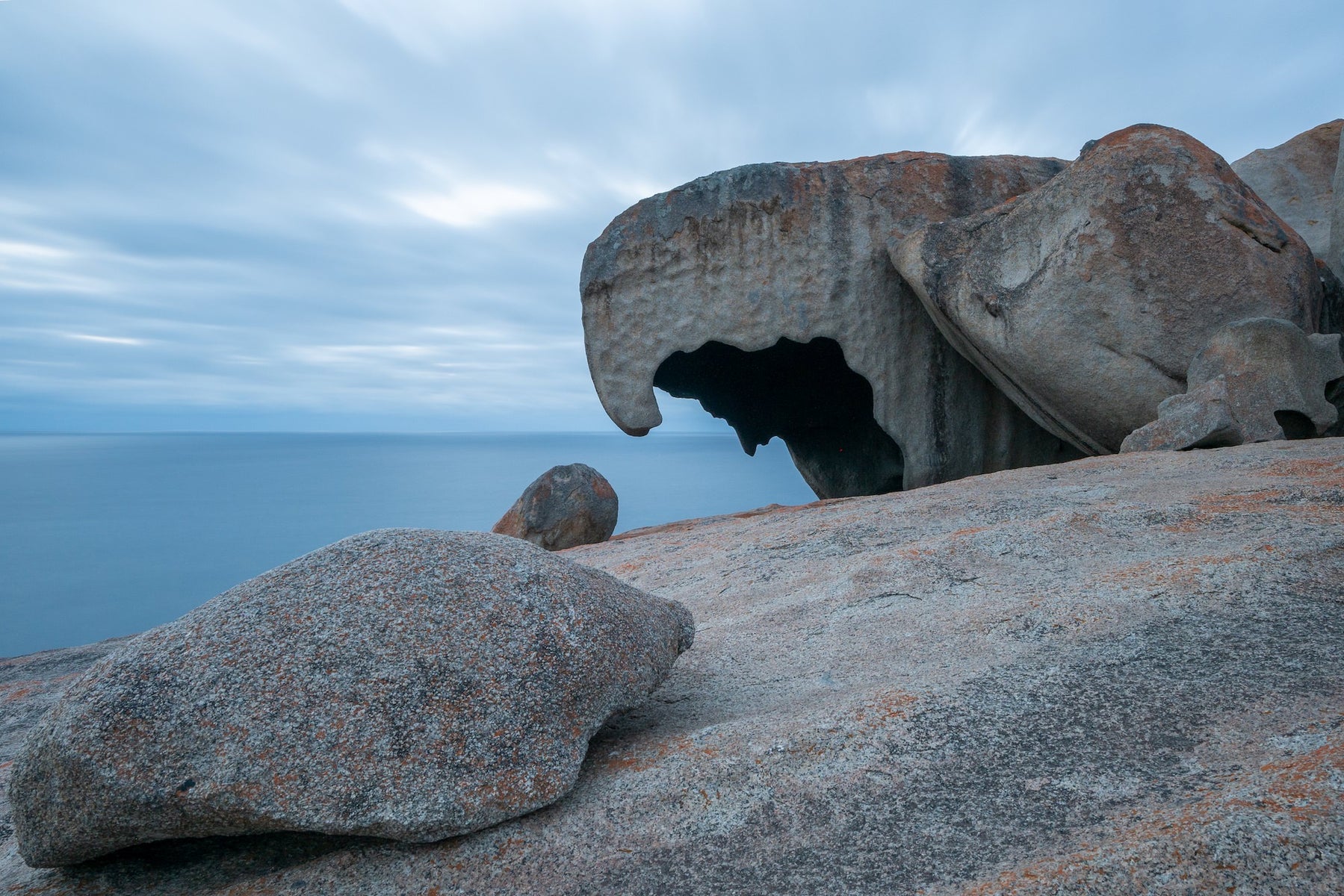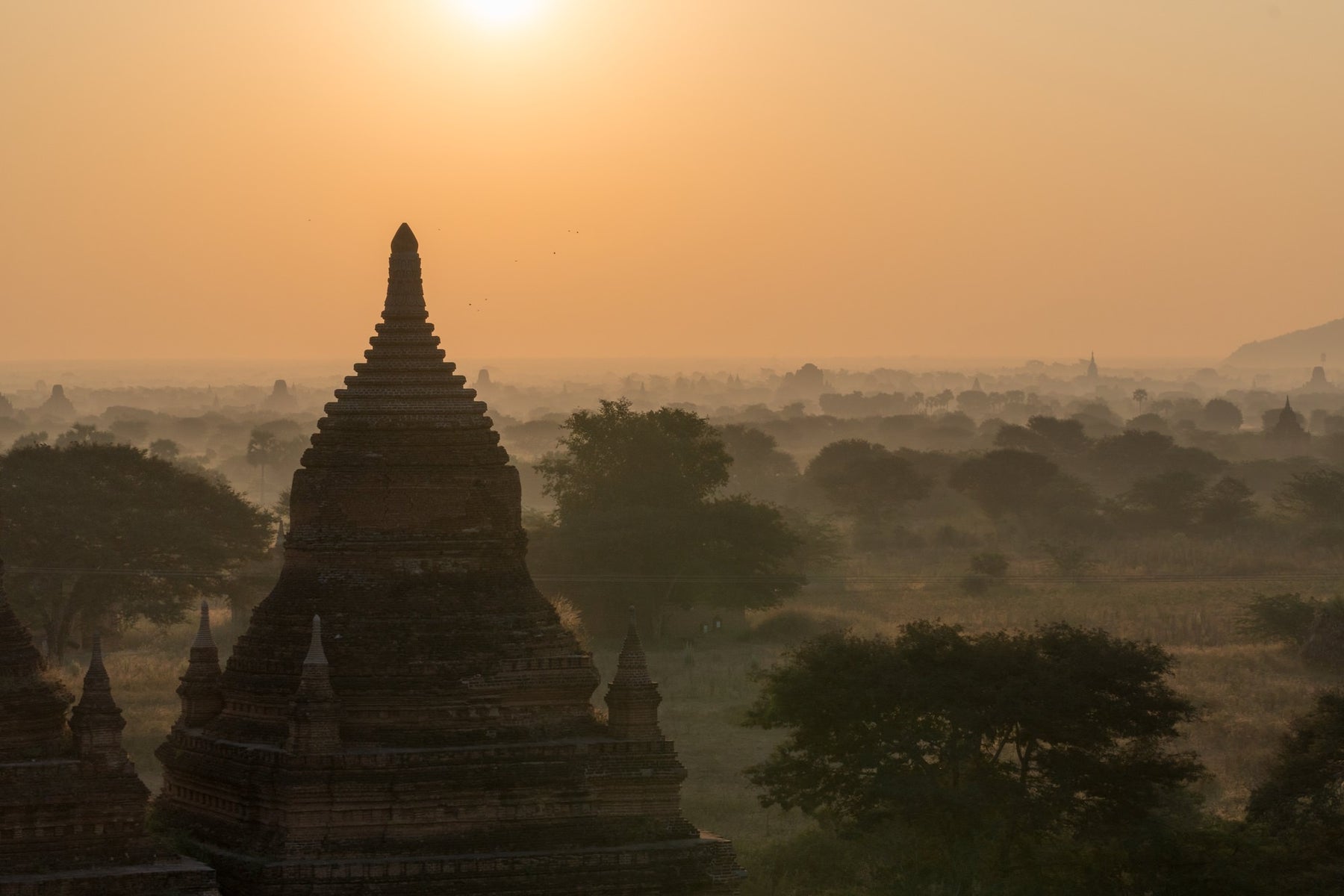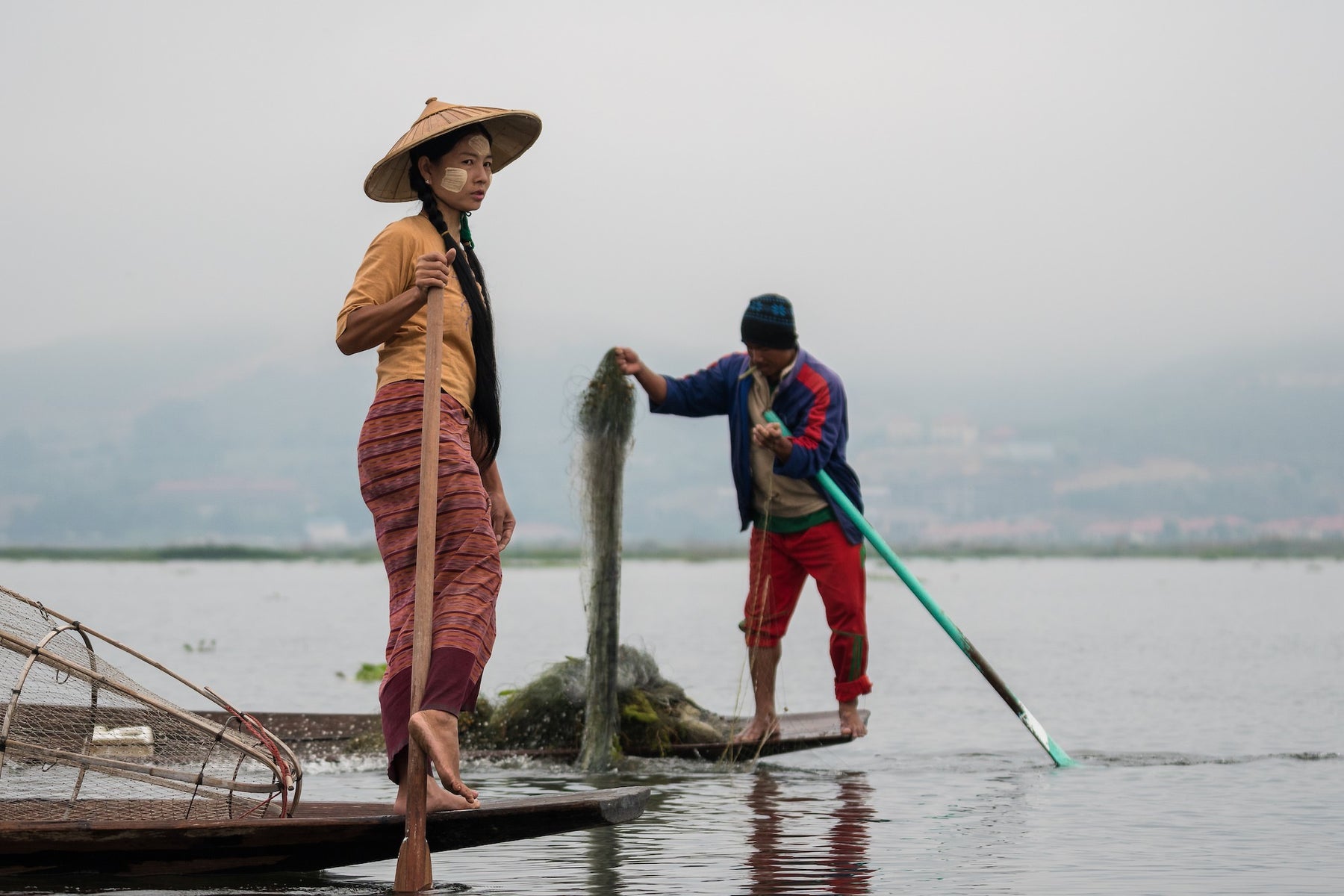“If we could only do one thing in our life, it would be traveling the world and telling stories through our lenses,” thus is the motto of the Journey Glimpse Photography Collective (@journeyglimpse), made up of creators Anabel Castro (@anacastfilm) (Petra Lieberherr (@rollin_peach), Stephanie Bernhard (@stephanie.bernhard) and Stefan Tschumi (@stefan_tschumi_photography). Why the name Journey Glimpse? Stefan Tschumi says it has a deeper meaning. “We are convinced that traveling changes you each and every time you head out to explore the world,” he explains. “It helps to keep you open minded and more importantly, it is beneficial to get rid of borders in your head. We can learn so much from different cultures and also realize that our environment is very fragile and worth being protected. As storytellers we are not able to show everything, as we can only share our experiences. No matter if we share a photograph, publish a new text or upload a new video, it is always only a glimpse of a journey.”
How the Journey Glimpse Photography Collective is able to tell stories from all over the globe using a wide variety of Sony Alpha cameras and Sony lenses.
The work of the team has been published online and offline by National Geographic Germany and more, and the team even recently finished a book about travel photography which will be published by the Rheinwerk Verlag. While the main focus of their work is travel related, they also do corporate and documentary work and teach photography as well as videography. “As hybrid shooters doing a variety of work, we came very early to the Sony party because we were looking for a camera system that allows us to take high-quality photos and videos with the same setup,” says Tschumi. We connected with him to learn more about the gear the photography collective packs for their travel adventures. Keep reading to see what’s in their complete Sony Alpha kit for hybrid shooting around the world.

Cameras
What we in general love about our Sony Alpha cameras is the fact that they are not as big in size as past DSLR cameras and provide superb image quality. When we work with people, the smaller body is not so intimidating. For each and every situation – landscape, people and wildlife – we find the perfect camera for our working style.
Sony Alpha 1: Nowadays, we work most of the time with the Alpha 1, as it is the most amazing camera for our work. The resolution is amazing and it gives us a lot of creative possibilities, especially in the editing process. Even though we normally do everything manually, the exposure as well as setting the focus point, sometimes we need to rely on a good autofocus. When we are taking pictures of moving animals in Africa or underwater in the Pacific Ocean around the Galapagos Islands as an example, each time we were blown away by the autofocus capabilities. Especially with the Eye Auto Focus and Real Time Tracking – the camera is a real workhorse.
Sony Alpha 7R V: We have always been in love with the Alpha 7R series. All started with the Alpha 7R II, followed by the 7R III and of course the Alpha 7R IV and now the Alpha 7R V. The resolution of these cameras can’t be beat and so we often rely on it for the highest quality images.
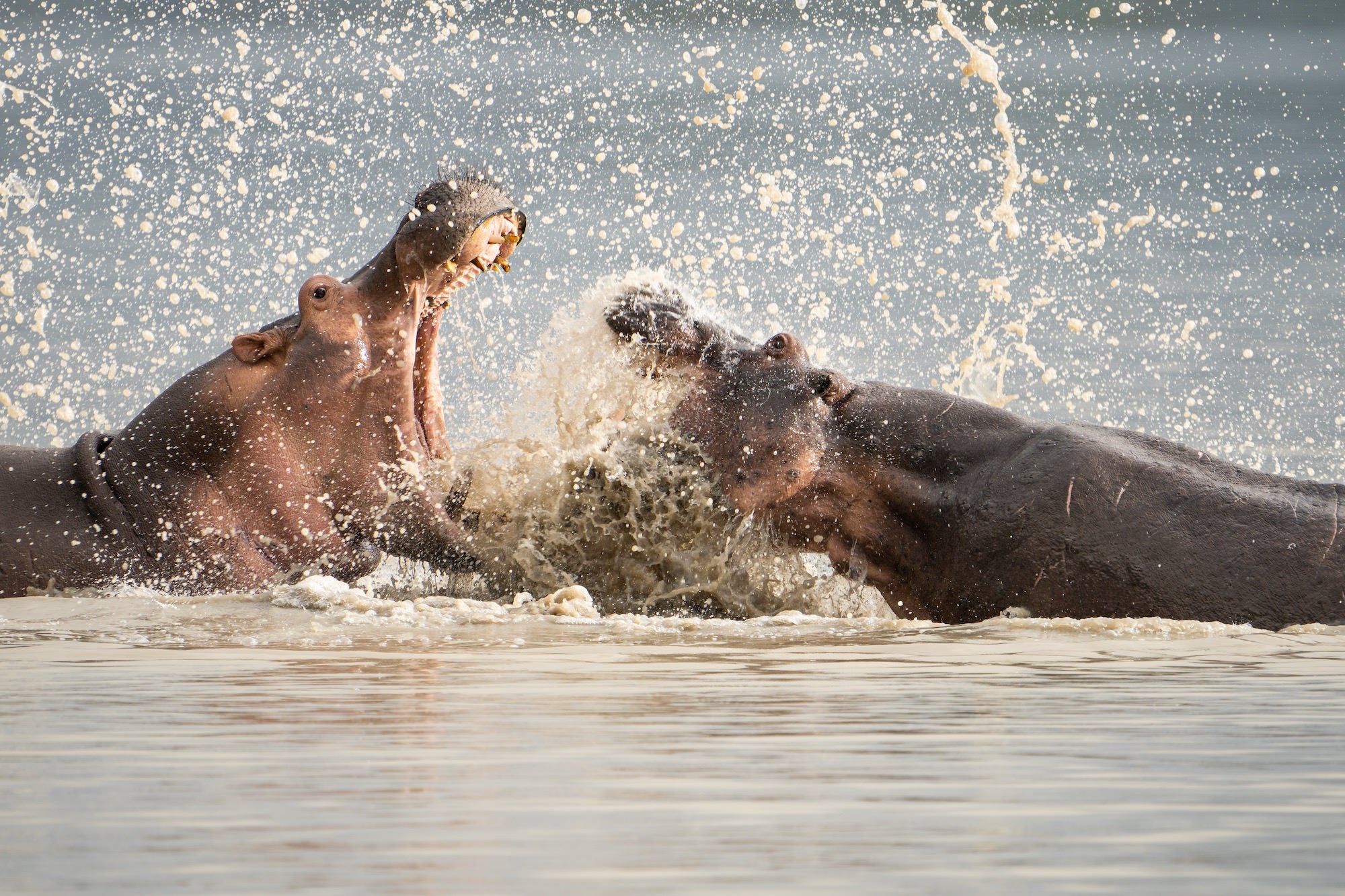
Photo by Journey Glimpse. Sony Alpha 7R IV. Sony 200-600mm f/5.6-6.3 G. 1/800-sec., f/6.3, ISO 200
Sony Alpha 7 IV: The Sony Alpha 7 IV is another one we often pack. It’s really good in low light situations and has enough resolution for most use cases.
Sony Alpha 6600: The Alpha 6600 allows us to make use of the crop factor which can be really beneficial, especially on a Safari. Using the crop factor allows you to take even closer pictures of an animal.
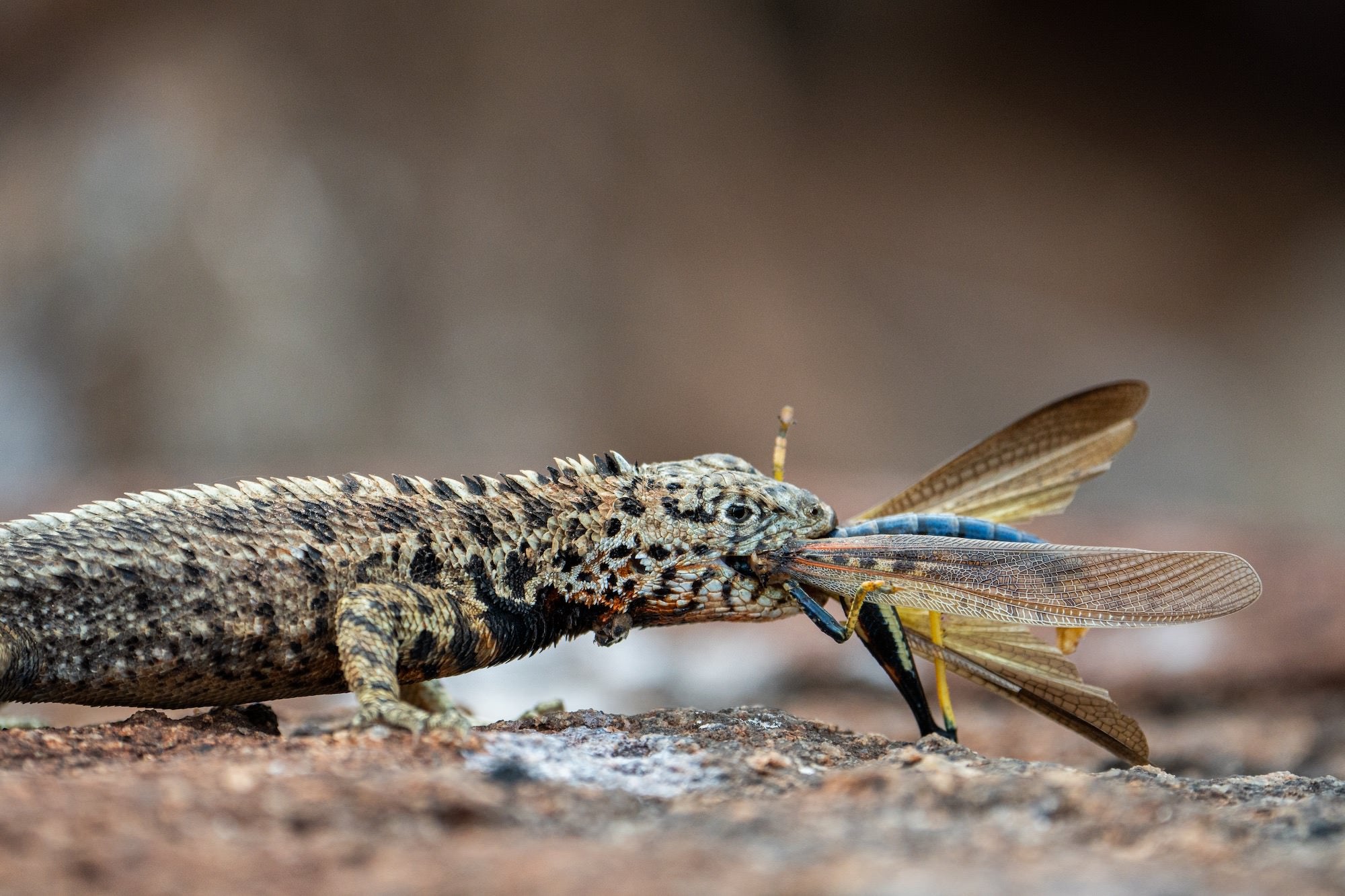
Photo by Journey Glimpse. Sony Alpha 6600. Sony 200-600mm f/5.6-6.3 G. 1/1600-sec., f/6.3, ISO 640
Lenses
We’ve worked with Sony cameras for a very long time, so we have a lot of different lenses and the choice really depends on what we are shooting. If we’re out on safari and trying to photograph wildlife, we need plenty of focal length to work with. The timing and lighting of when we are shooting will also play a part. Here are some of the different lenses in our Sony system.
Sony 200-600mm f/5.6-6.3 G: This is our favorite lens. Not as fast as other lenses but in combination with the Alpha 6600 or Alpha 7 IV, we can work with higher ISO to compensate for the lack of light a bit. For emotional animal pictures we highly recommend using the 200-600mm on an APS-C camera like the Alpha 6600. Believe us or not, usually the maximal focal length of 600mm won’t be enough and you will definitely make use of the crop factor.

Photo by Journey Glimpse. Sony Alpha 7R IV. Sony 200-600mm f/5.6-6.3 G. 1/500-sec., f/6.3, ISO 800
Sony 100-400mm f/4.5-5.6 G Master: This is another lens we love to take on safaris. It is a very sharp lens with fast autofocus, and its small form factor is great for taking out to photograph wildlife.
Sony 16-35mm f/2.8 G Master: This is our favorite lens for landscape photography. It’s a sharp lens with good autofocus, and it’s not too heavy. Its coating is really good which allows us to shoot against the sun and capture sun stars, which we absolutely love. The sun formed as a star gives your landscape images that little extra.
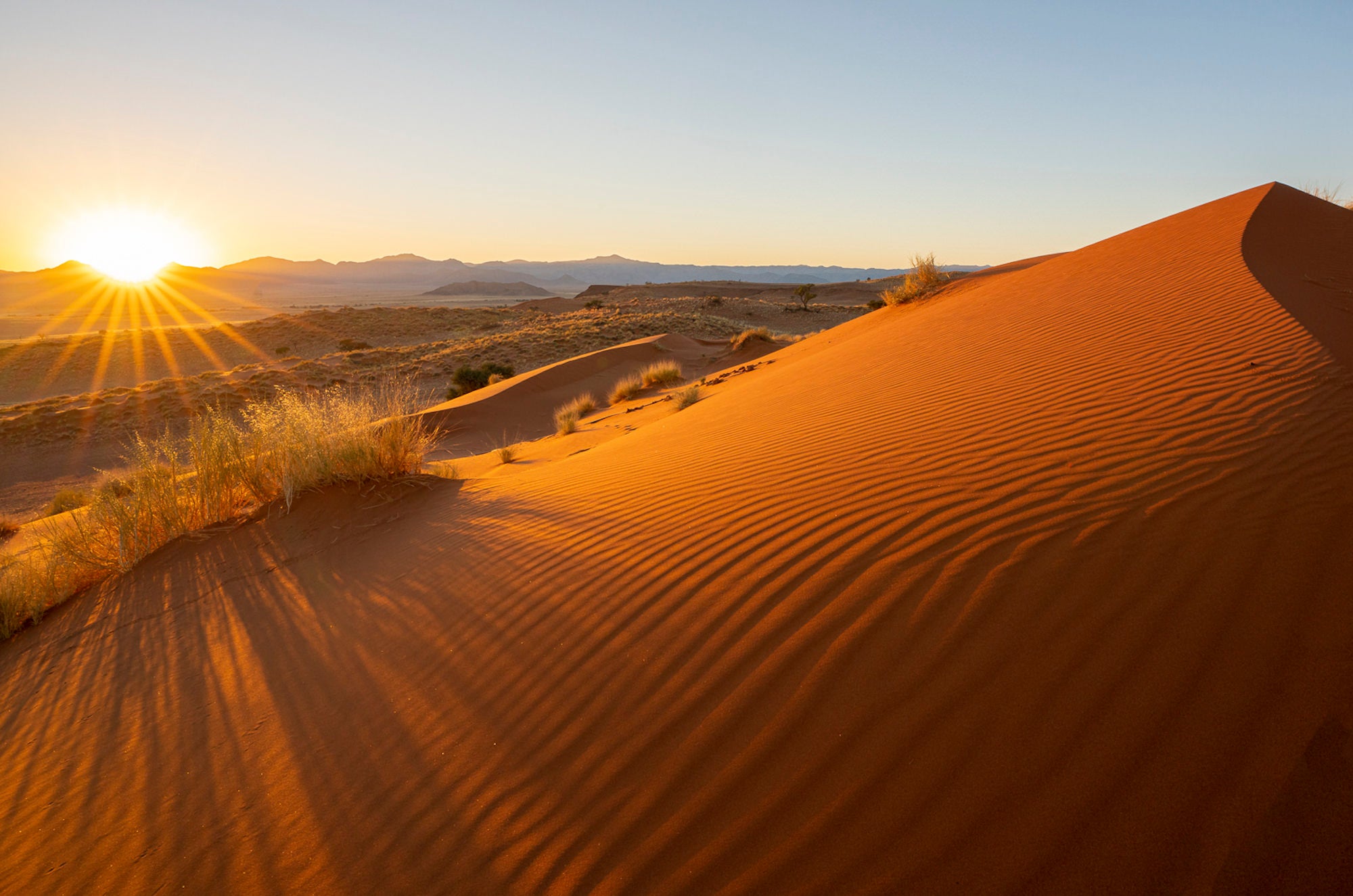
Photo by Journey Glimpse. Sony Alpha 7R III. Sony 16-35mm f/2.8 G Master. 1/40-sec., f/16, ISO 320
Sony 12-24mm f/2.8 G Master: Don’t forget the 12-24mm. Before we used the f/4 version, but we’ve since switched to the f/2.8 G Master. It is so fascinating how wide 12mm on a full frame camera really is. The distortions are really controlled and the coating of the lens is simply magnificent. What Sony has done with this lens is incredible.
Sony 24-70mm f/2.8 G Master II and Sony 70-200mm f/2.8 G Master II: Because we travel a lot, the weight of our equipment is crucial. This is why we love the Sony 24-70mm f/2.8 G Master II and Sony 70-200mm f/2.8 G Master II lens. Those lenses are perfect for traveling. The weight is fantastic, the auto focus is fast and reliable and the image quality is simply stunning. Therefore, it is an amazing fit for our work.

Photo by Journey Glimpse. Sony Alpha 7R II. Sony 24-70mm f/2.8 G Master. 1/125-sec., f/10, ISO 100
Sony 14mm f/1.8 G Master: For astrophotography there can only be one lens, and this is it. This lens allows us to do things we were not able to do before.
Sony 90mm f/2.8 Macro G: From time to time, we dive into the world of macro photography. In those moments, this is definitely our favorite lens. It was one of our very first fixed focal length lenses for the Sony system and ever since taking the first picture with it, we’ve been madly in love.
Accessories
Backpacks: The funny thing is that our camera backpacks are not really camera backpacks. We use ski touring backpacks from Haglöfs (Skra 27 or 35) or Mammut (Nirvana 35). It is really important for us that the backpack fits properly and is comfortable to carry for a long time even if it is full of gear and therefore pretty heavy. Furthermore, we have quick access to our complete equipment via the back panel. To make sure that the gear is stored away safely, we place camera inserts from Mindshift in the backpacks.
Since mid 2023, we started to use real camera backpacks for the first time. Surprisingly, for us as well. We always thought that no real camera backpack could fit our needs, but that changed with the NYA-EVO FJORD 36 and FJORD 60-C. Those backpacks are simply perfect. All the boxes are checked, from enough storage space, easy access to comfortable carrying. And a beautiful design. The best part: NYA-EVO started to use recycled materials. Furthermore, they have a partnership wit Go Forest and they support the Sambhav project in Nepal.
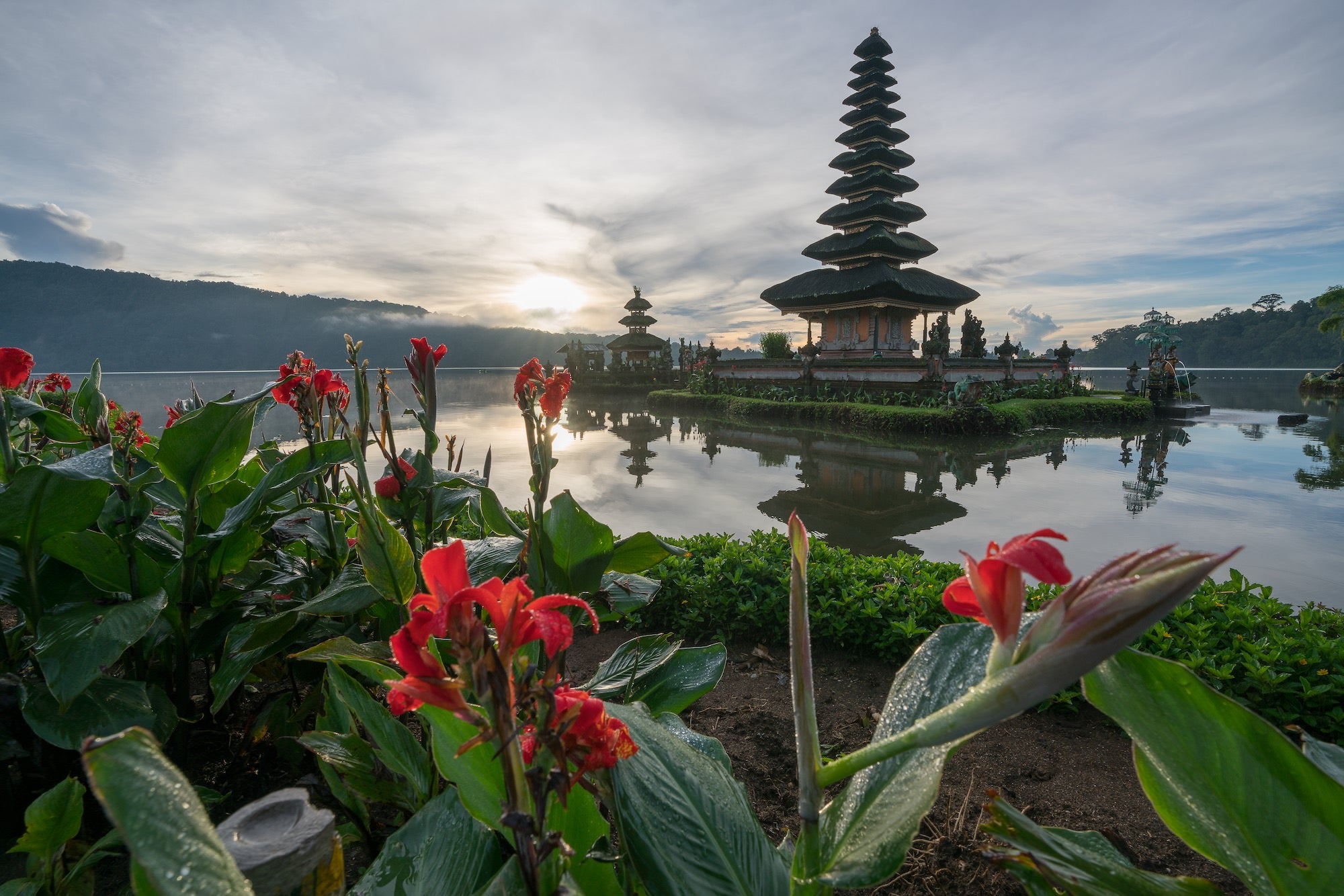
Photo by Journey Glimpse. Sony Alpha 7R II. Sony 16-35mm f/2.8 G Master. 1/60-sec., f/11, ISO 100
Filters: Landscape photography is our most favorite genre. In landscape photography, there is almost no such thing as bad weather – even clouds can mean the best conditions. If you want to bring a dreamy effect to your photography, you can choose to shoot a long exposure, especially if there is a moving waterfall or the sea close by. For this we use ND filters from HAIDA. You can think of them as sunglasses for the lens. By cutting the light entering the lens, we can expose for a longer time and create those effects. Another really important filter type is the gradient filter. As a landscape photographer you often battle the dynamic range of bright skies and relatively dark foregrounds. To make sure that you can create a more even exposure, we use filters from the Red Diamond series of HAIDA. Those filters darken the sky without affecting the foreground, resulting in a better exposed image. Also important are circulated polarization filters and for our 12-24mm f/2.8 G Master lens, the rear filters from HAIDA, which we can attach on the back of the lens.
Tripod: For long exposures and during the night, tripods are essential for us. When it comes down to making a decision for a new tripod we focus on three things: One is how sturdy it is. It must be really reliable, so we count on good quality. Another thing is the weight. A tripod must be light as well because sometimes we have to carry it for a long time. And the third thing is the form factor. We want to be able to pack it in our backpacks and therefore prefer smaller tripods. Our favorites are the travel tripod from Peak Design in carbon and MeFoto tripods such as the Globetrotter and the Roadtrip. All of these are made out of carbon.

Photo by Journey Glimpse. Sony Alpha 7R II. Sony 16-35mm f/2.8 G Master. 30-sec., f/2.8, ISO 100
Drone: We are both licensed drone pilots, which means that we want to bring a drone wherever we go.
Dive Case: Sometimes things get really wet. When we go snorkeling or diving, we want to make sure that we are able to capture great image quality, so we want to bring our Sony cameras with us. This is why we bought dive cases from Seafrogs. They are moderate in price and provide security at the same time. Like this, we can take the Sony cameras and Sony lenses into the water and capture the beauty of the underwater world in high resolution.
Cleaning Tools: If you are working a lot in dusty and dirty environments, you need to clean your gear on a regular basis. Simple tools such as a blower, cleaning fluid and a towel have become essentials for our bag.
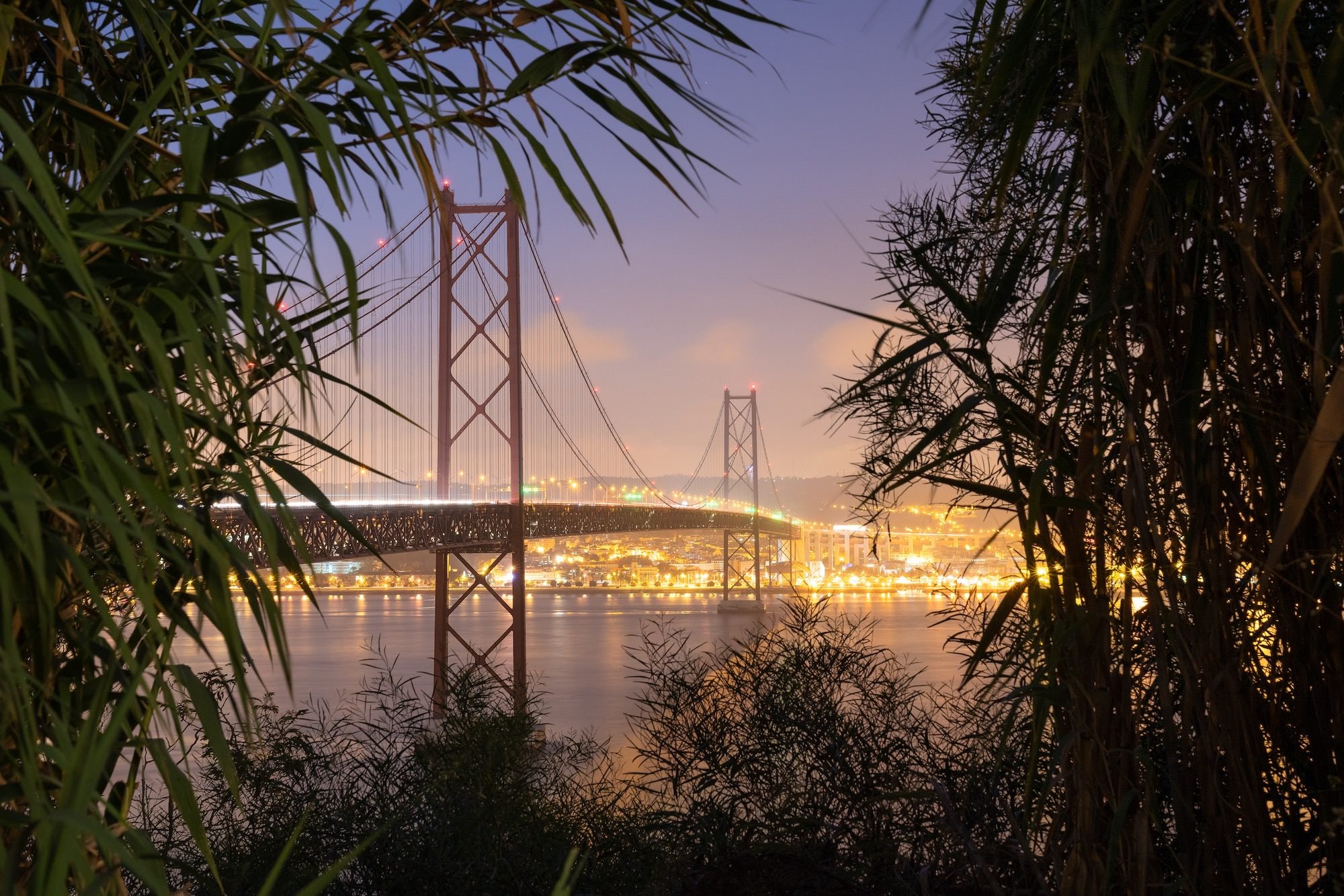
Photo by Journey Glimpse. Sony Alpha 7R III. Sony 24-70mm f/2.8 G Master. 20-sec., f/10, ISO 400
Peak Design Camera Straps: We almost never use camera straps but if we do, we use the ones from Peak Design. You can rely on them and the best part is that they can be attached and removed again from the camera very quickly.
Remote Trigger: Of course, we also need a trigger remote, so we don’t need to touch our cameras during long exposures.
That’s basically it. We highly recommend keeping the following in mind: Reduce to the max. Try to keep your backpack as light as possible. Make a decision about the most needed equipment during your travel preparation so you won’t miss a shot due to decisions you have to make during your shooting.
You can learn more about the Journey Glimpse Photography Collective on Instagram @journeyglimpse and at their website journeyglimpse.com.



